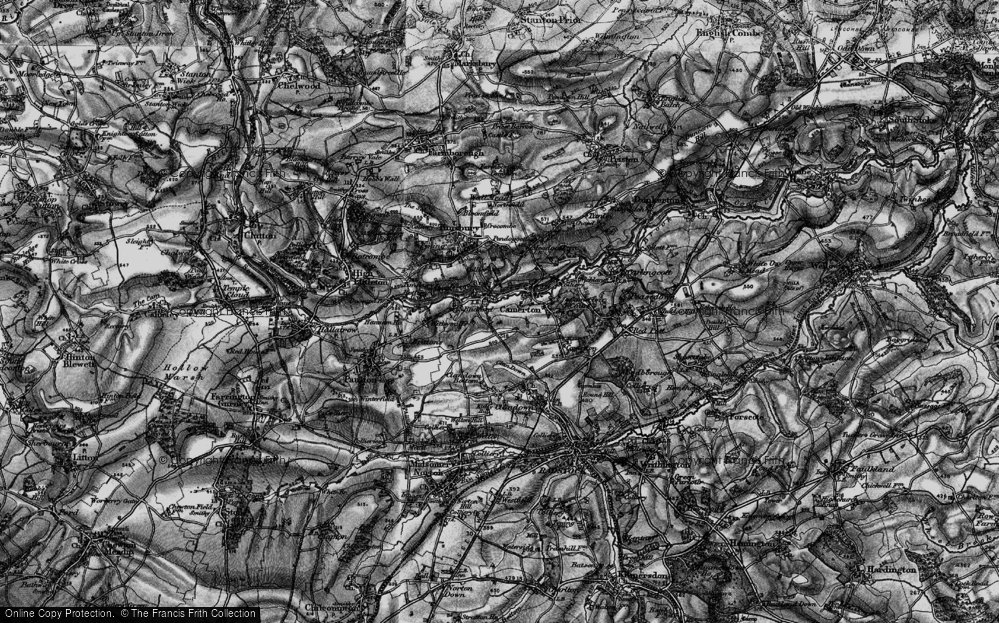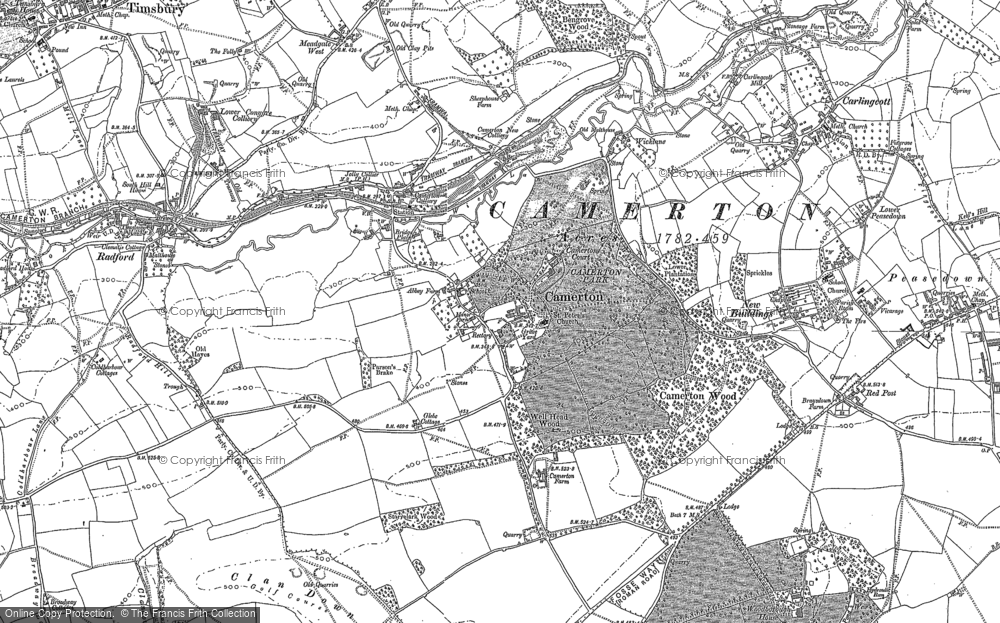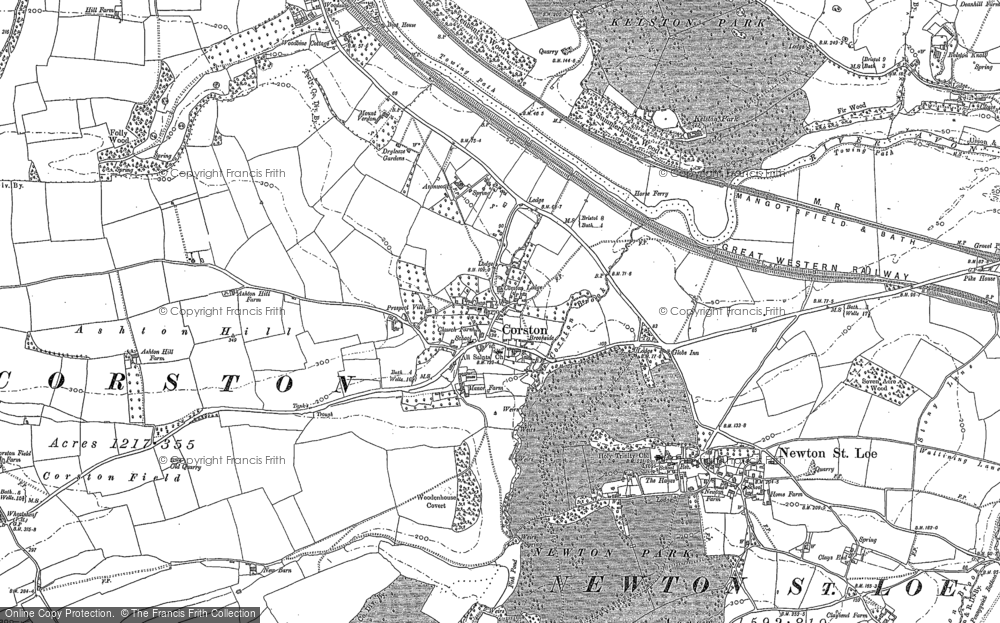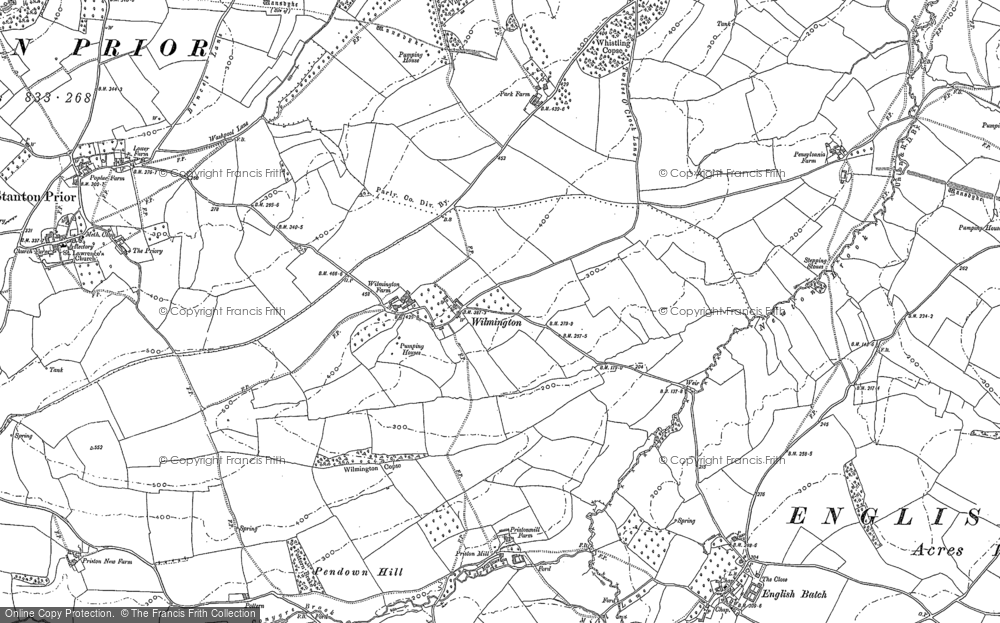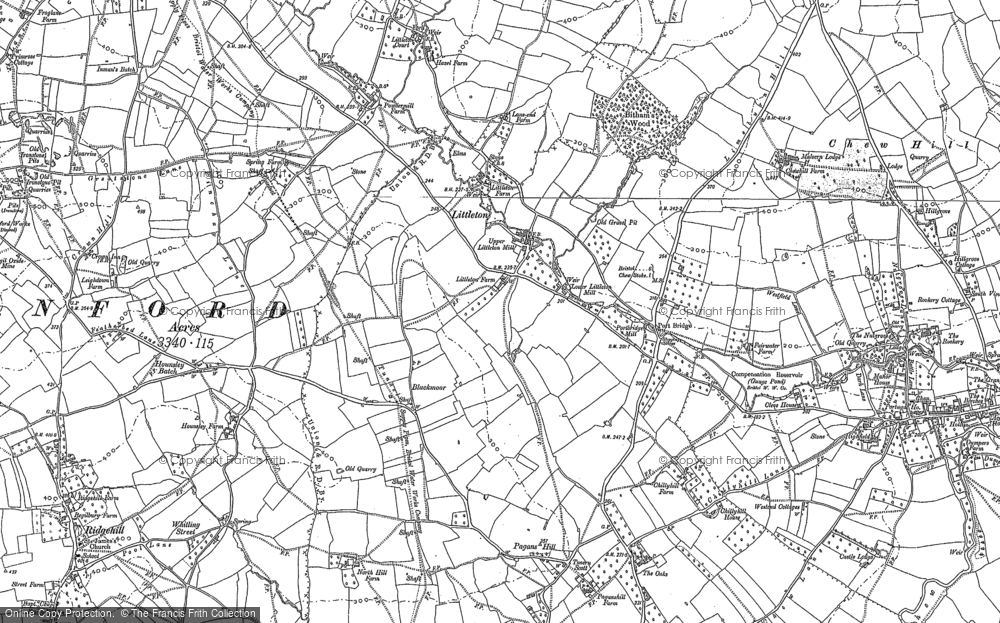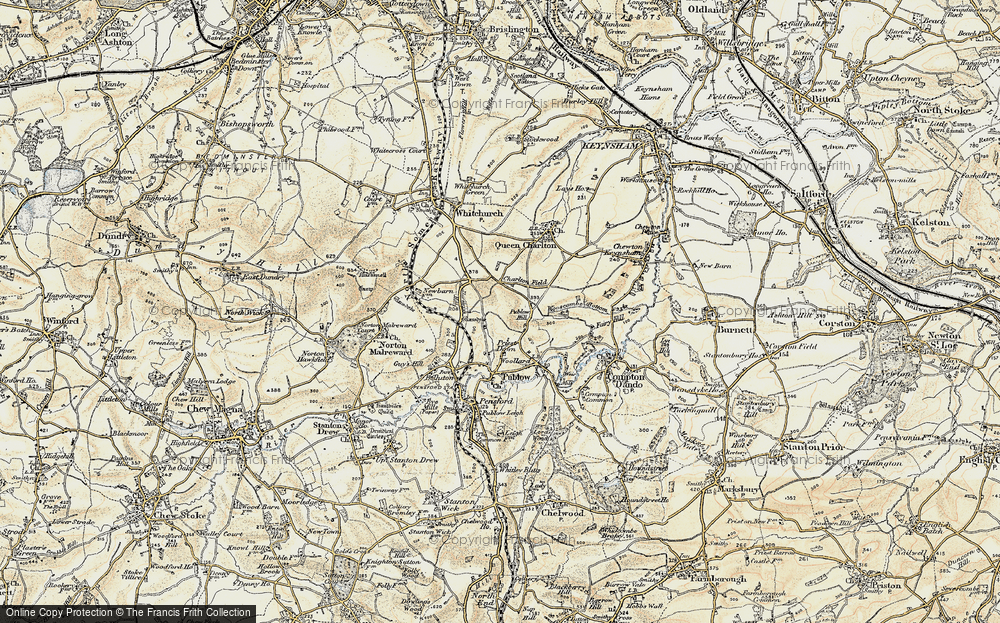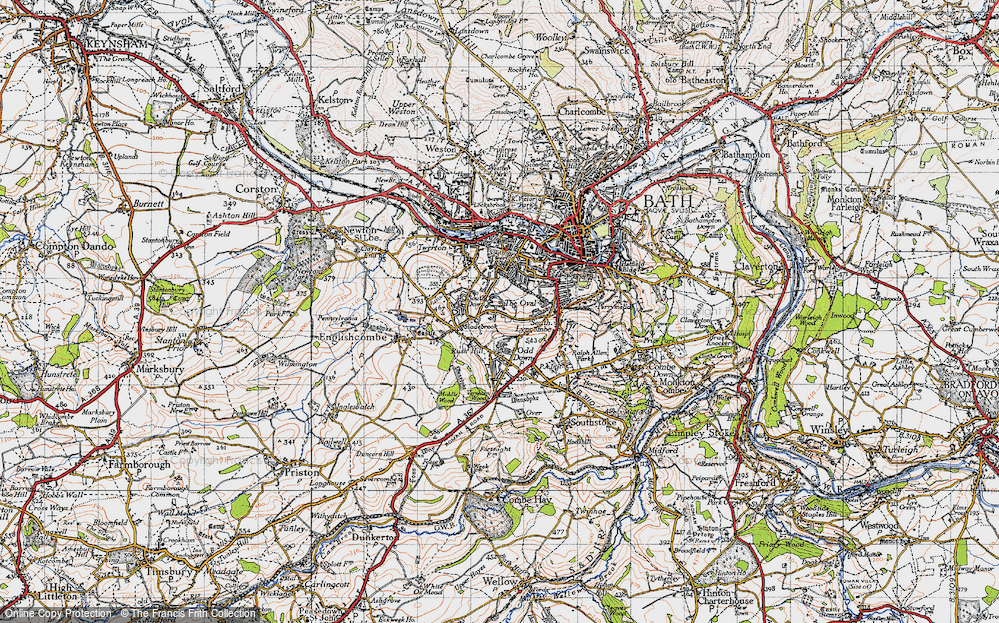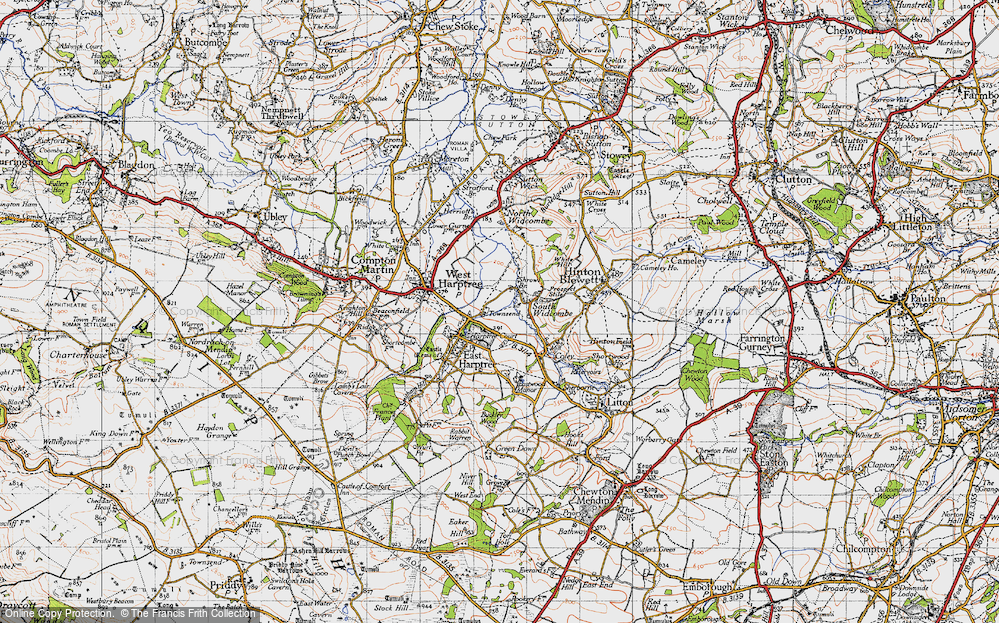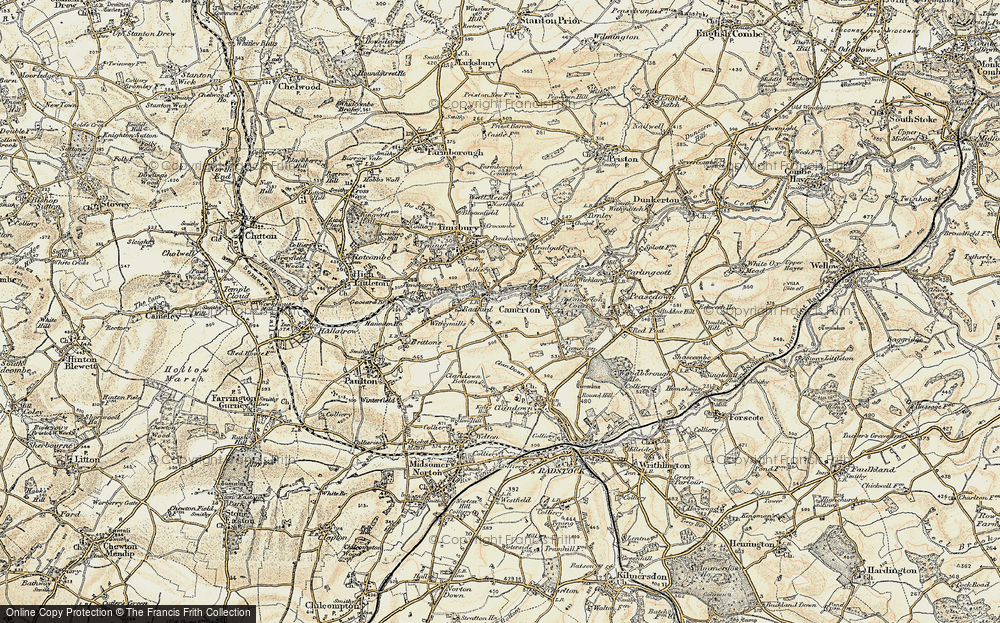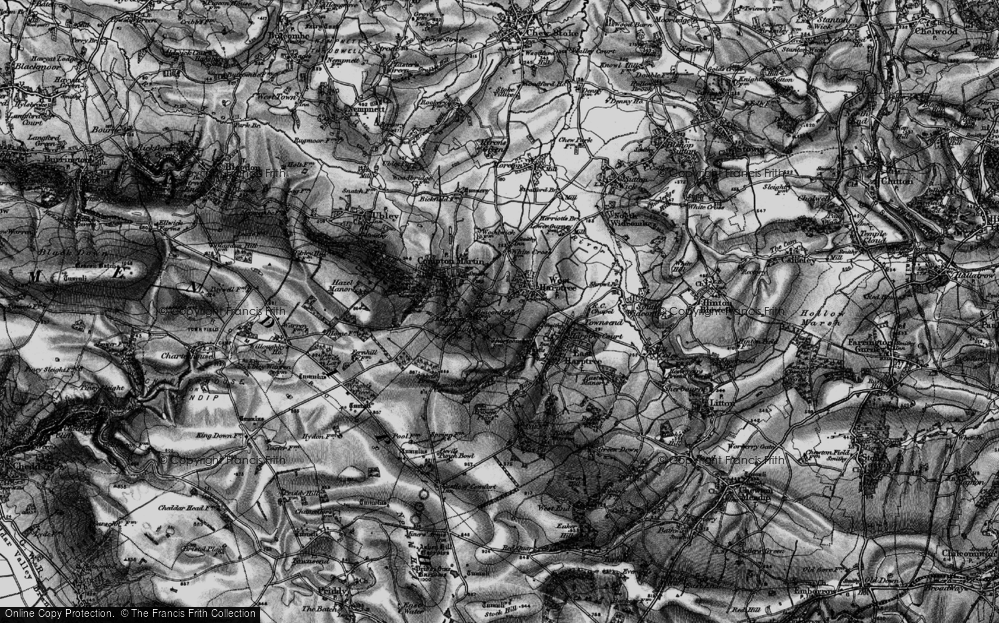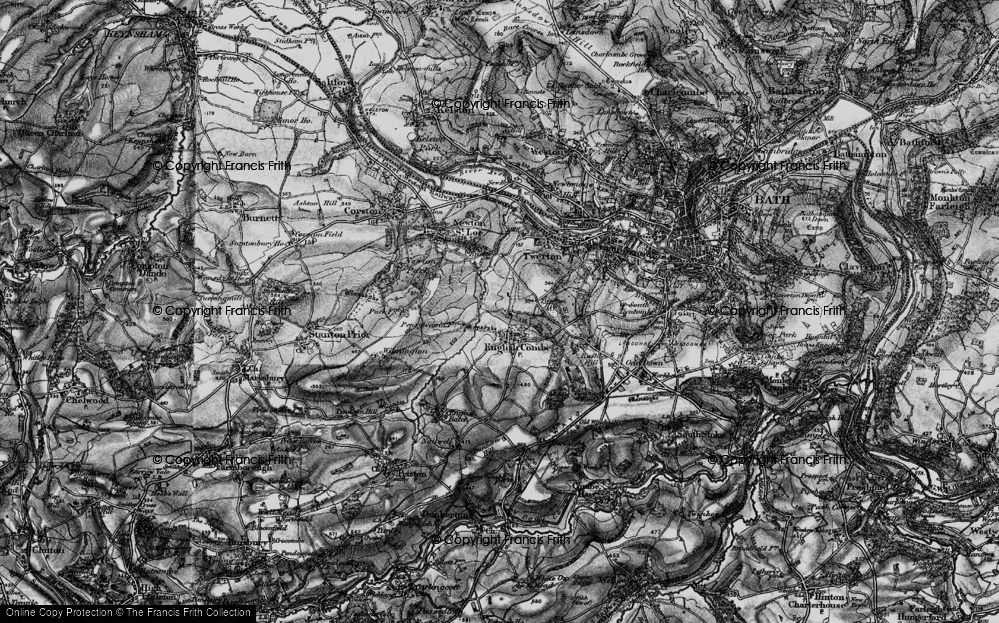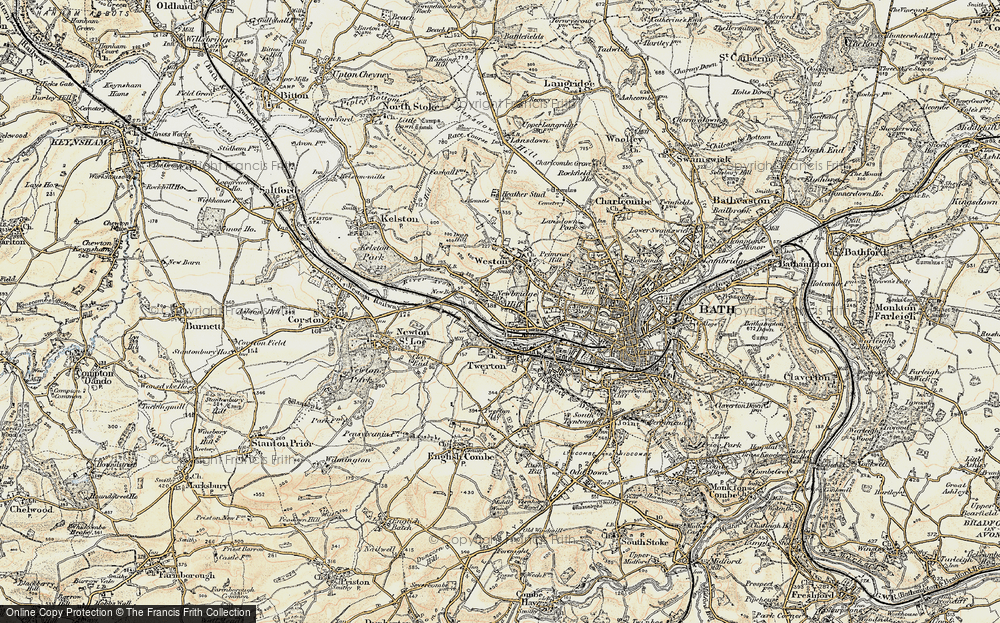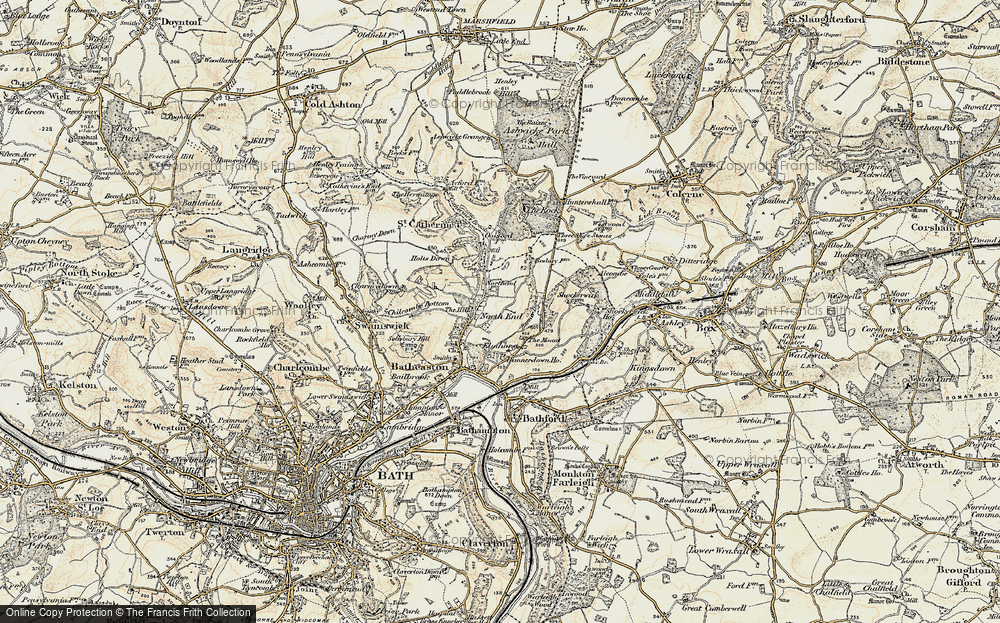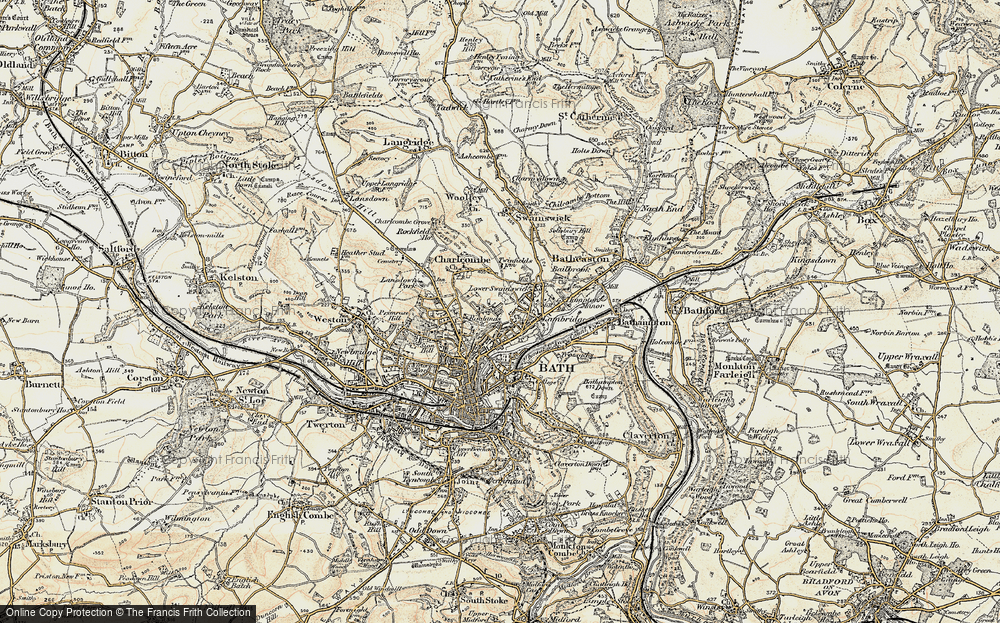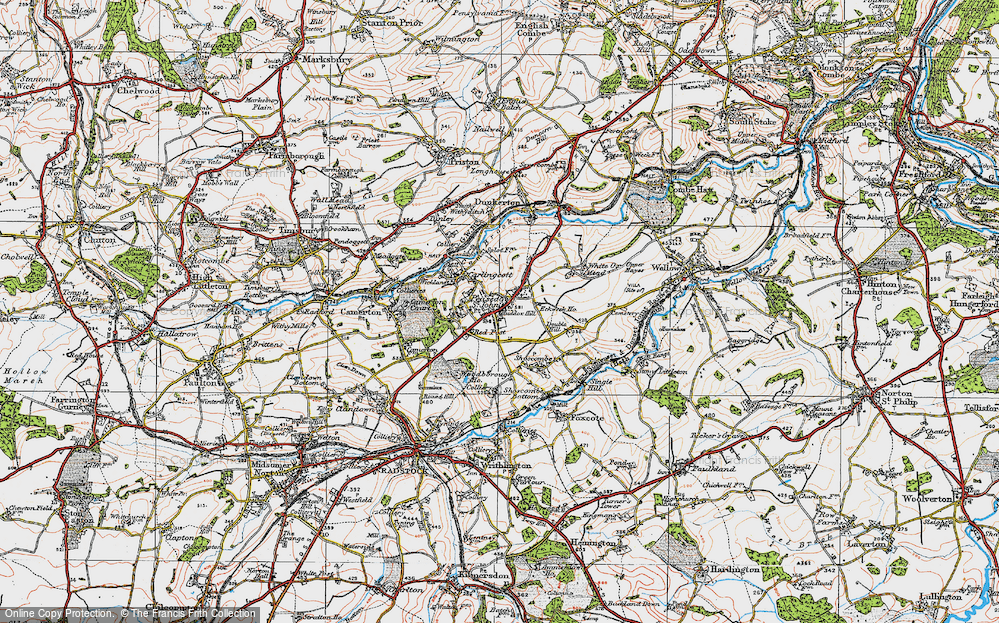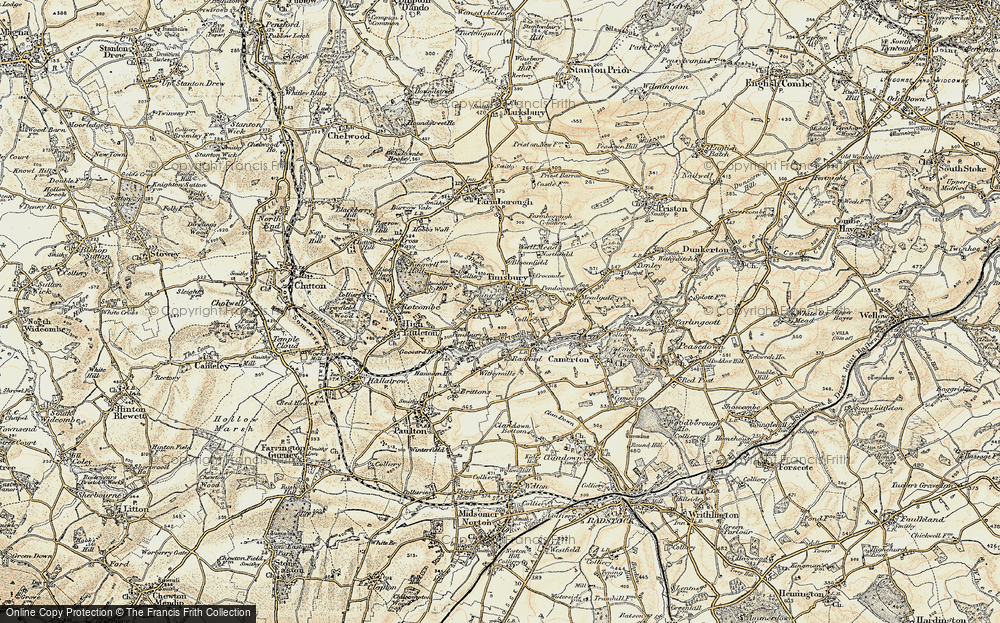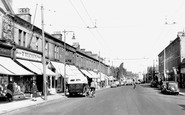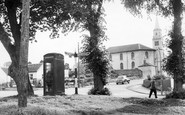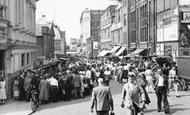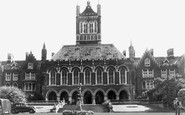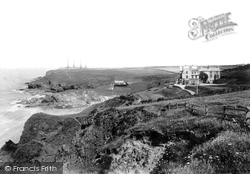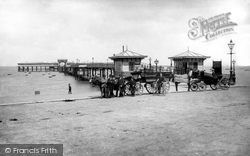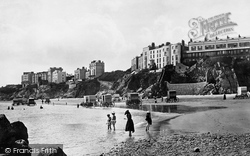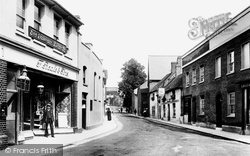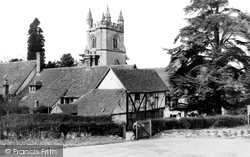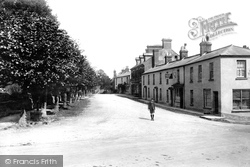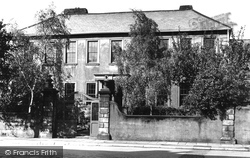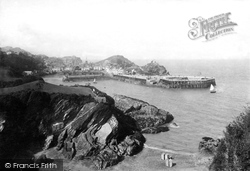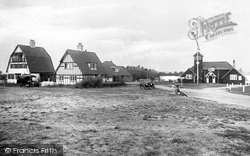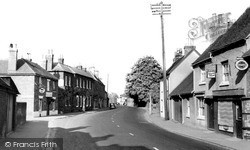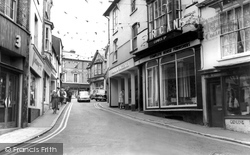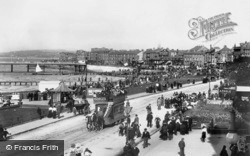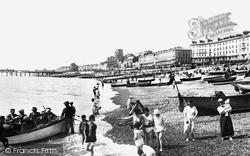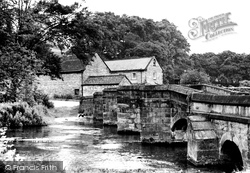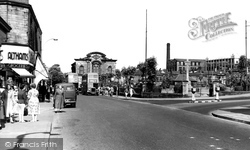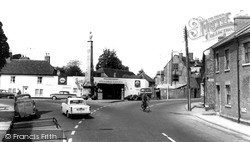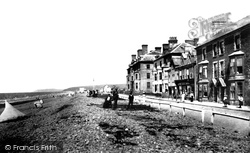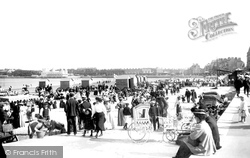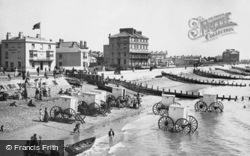Places
Sorry, no places were found that related to your search.
Photos
Sorry, no photos were found that related to your search.
Maps
1,353 maps found.
Books
3 books found. Showing results 745 to 3.
Memories
2,048 memories found. Showing results 311 to 320.
Shops I Have Loved...
I grew up in Bath Terrace in the early 1960s and the photo of Wilkinsons brought back memories of its pre-supermarket days of high dark wood counters, butter in barrels and the smell of roasting coffee. Pumphreys with the pastel ...Read more
A memory of Gosforth in 1962 by
The Lido The Best Place On Earth!
Two of my aunts had guest houses in Cliftonville and every year we ventured from Berkshire by train or by coach via Victoria coach station for our annual holiday in Margate. My memories are simple and straightforward, ...Read more
A memory of Margate in 1962 by
Lawmuir Agricultural School
I went to Lawmuir for 2 years from 1963 - 1965 when I was 12. I am now 67. Every Monday morning the bus would pick you up at one of the statues in George Square directly across from the Post Office Building and take all ...Read more
A memory of Eaglesham in 1962 by
Born In Croydon 1953
I was born at Mayday Hospital 1953. I had an older brother, John Read, and sisters, Judith and Gillian. John went to the Catholic school St Peters and Gillian and me went to the convent in Lingfield until we all emigrated to ...Read more
A memory of Croydon in 1962 by
Rowlestone Rise
I was born in Laisterdyke but moved to Greengates when I was about 4 years old, this would have been in 1962. I can remember walking up Redcar Road with my dad and brothers towards our new home on Rowlestone Rise. My first school ...Read more
A memory of Greengates in 1962 by
My First Boyfrield Was From Splott
My first boyfriend was John Hawkins, he lived in Splott. My name was Christine Morris then and I lived in no 8 Rossily Road, Rumney with my aunty Eunice Lloyd and my cousin Dennice. I loved living down there. I used ...Read more
A memory of Splott in 1961
Childhood In The Village!!
I was devastated in 1964 when my mother told me we were to leave the village so that my mother could pursue her dream of owning her own small business elsewhere. It was a dreadful culture shock, one that has remained with ...Read more
A memory of Mollington in 1961 by
A Small Childs Memorys Of North Seaton
I was born Patricia Gowans in 1957. My mam was Ettie Humble, my dad was John Gowans and we lived 3 Third Single Row with my nana and grandad Gowans. My dad worked at the pit till it closed, then he went to ...Read more
A memory of North Seaton in 1961 by
Phil & John's Amazing Journey Part 1 Infant School Memories
How many of us as fresh faced five year olds, on our very first day at school, look around the classroom and think ‘will any of these children be classed as ‘true’ friends fifty years from ...Read more
A memory of Groby in 1961
Nurse Hampton
On August 13, 1961 I took up residence as a student nurse in Lindsay Smith House across from the hospital. It was the day the Berlin wall went up, and, as I recall, the day before the grouse shooting season began. I was 19 ...Read more
A memory of Virginia Water in 1961 by
Captions
1,059 captions found. Showing results 745 to 768.
Although this photograph was taken for the view of the hotel above the bathing beach, of special interest here is the group of four new radio masts out on Poldhu cliffs.
With the turret of the Chine Hotel, which served as a landmark for Channel shipping, prominent in the back- ground, the elegant row of Victorian houses along Undercliffe Road bears tribute to the enduring
Morecambe is much frequented by trippers from the busy towns of Lancashire and Yorkshire, for whose recreation are provided abundant entertainments of distinctly popular order.
Tenby stands on a tongue of limestone rock, ending a green promontory, which is crowned by the ruins of the old castle, and is now pleasantly laid out with walks which serve at once as pier and promenade
F Beale & Sons were builders until they were bought out in the 1960s. Their yard was in Adelaide Road, beside the swimming baths that they built in 1885.
This little cluster of 16th- and 17th-century gabled timbered cottages, along with the pub (not visible in the photograph), was acquired in its entirety by the National Trust in 1939.
The lad may be returning from the castle, which could be approached on this road at that time. The four houses on the right, built in 1817, are now private residences.
This handsome Georgian house was where the great poet was born in 1770. It was let free to the family by Sir James Lowther of Lowther Castle—the poet's father was his agent.
The bathing huts here were nearly the scene of a diplomatic incident in 1878. Alfred Price, son of the huts` owner, tried to stop a young man throwing stones at the huts, and a fight broke out.
The 65-acre Meare was the first stage of the development. All the bays and islands are named in J M Barry style. The Boat House was built in 1911, before the Meare was completed.
This excellent view from the church tower shows the whole village and its rural surroundings.
Much of Theale High Street remains unchanged, though it is unlikely that we would find this part of the village free of traffic today.
The High Street leads to Shooters Hill, which was once a very swampy area. The buildings are shaped here to follow the curve of the road. The first shop on the right is now a florist.
A Victorian guidebook, published in 1895, described Morecambe thus: 'Morecambe is much frequented by trippers from the busy towns of Lancashire and Yorkshire, for whose recreation are provided abundant
Rows of bathing machines along the shoreline and in front of the low white cliffs demonstrate the popularity, and prevailing prudery, of immersion in sea-water among the Victorian visitors.
The new station was built to replace the original station that had been completed in 1841. Construction took place between 1873 and 1877 on the site of a Roman cemetery.
Hastings has suffered very much in recent years, now that the boom holiday period of the 1920s to the late 1950s has ended. Many of the seafront houses are in serious decay.
North of Bakewell, an ancient packhorse bridge crosses the water. For centuries, lines of horses would lumber over this bridge weighed down with freight. Often, lead would be the main load.
This main road through the town used to be the Wakefield to Halifax road, originally built by the Romans. Business in the town was not only concentrated on blanket making.
This triangular Bath stone fountain stands at the junction of Silver Street, Vicarage Street and Church Street; it was erected in 1783.
This parade of large shops and houses are just round the corner from the station. The pebbly storm beach gives way to a vast fine sandy beach, covered in this photograph by a high tide.
It was the early use of bathing machines that made Weymouth such a popular resort for sea bathing.The larger machines ran down into the water on rails and consisted of a number of cubicles.
Bognor's growth from a tiny fishing village started in the 1780s, with Sir Richard Hotham's grand scheme inland (modestly named Hothamton) aimed at the nobility and gentry being followed by
In Queen Victoria's reign it was not 'proper' to enter the sea without a bathing machine.
Places (0)
Photos (0)
Memories (2048)
Books (3)
Maps (1353)




